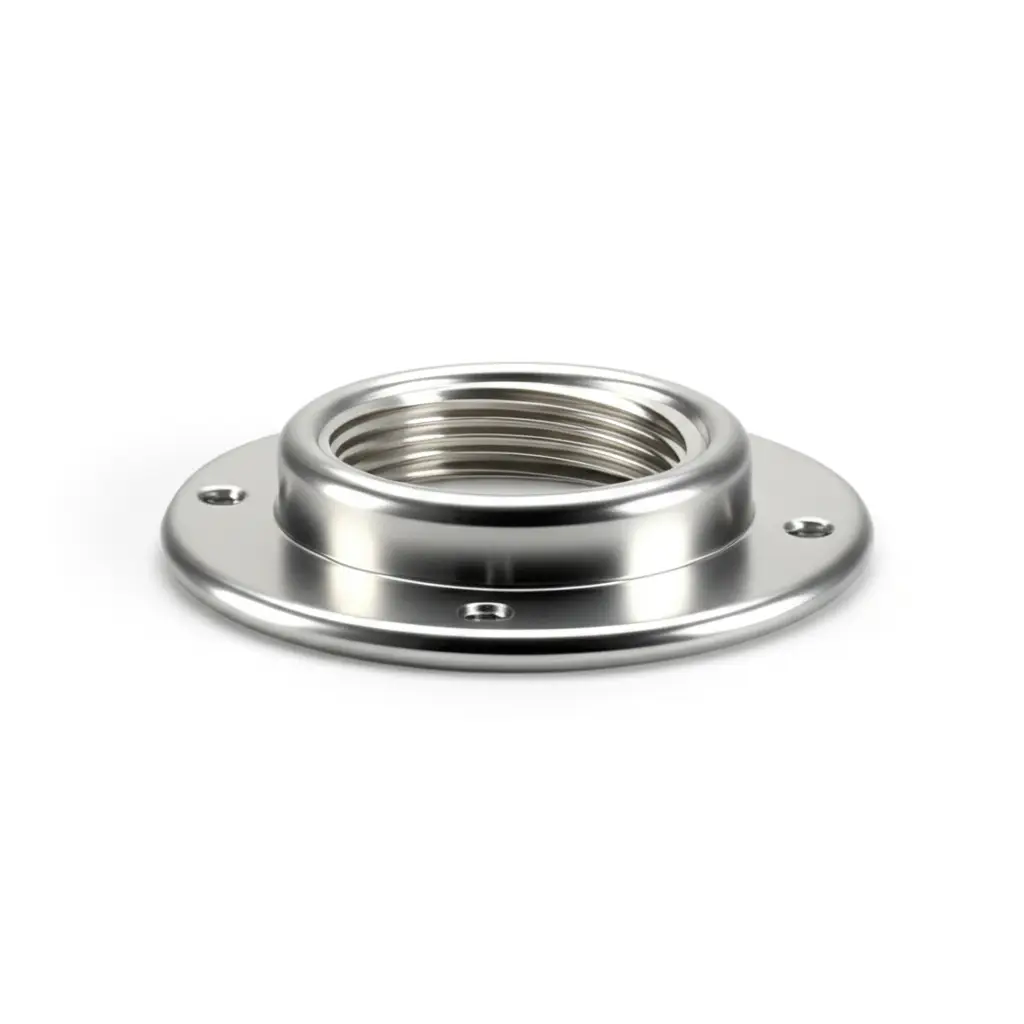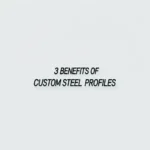“`html


Key Insights
- Material Availability: Stainless steel grades such as 304, 316, and 316L are widely accessible, but specialty alloys (e.g., 2205 duplex, 17-4 PH) may require longer lead times and higher minimum order quantities (MOQs).
- Customization Feasibility: Custom stainless steel components are achievable through precision processes like laser cutting, CNC machining, stamping, and welding, but complexity directly impacts cost and lead time.
- Surface Finishes: Options range from mill finishes (No. 1, No. 2B) to polished (No. 4, No. 8), brushed, or electropolished surfaces—each tailored to specific corrosion resistance, hygiene, or aesthetic requirements.
- Lead Time & MOQ: Prototypes or small batches are feasible with modern additive manufacturing (e.g., DMLS for stainless steel), while high-volume production demands strategic vendor partnerships to balance cost and delivery.
- Quality Standards: Compliance with ASTM A240 (plate/sheet), ASTM A480 (finish), and ISO 15510 (chemical composition) is non-negotiable for critical applications in aerospace, medical, and food processing.
Technical Considerations
Material Selection
Selecting the appropriate stainless steel grade is foundational. For corrosive environments (e.g., marine, chemical), 316L with its molybdenum content (2–3%) offers superior pitting resistance. In high-stress applications, 17-4 PH provides high tensile strength (up to 1,300 MPa) via precipitation hardening. For cost-sensitive projects, 304 (18% Cr, 8% Ni) remains a versatile choice.
Manufacturing Tolerances
Custom fabrication demands precision. CNC machining can achieve ±0.005″ tolerances, while sheet metal forming (e.g., bending, roll forming) requires bend radius considerations—typically 1.5x material thickness for 304. Laser cutting allows intricate geometries with kerf widths as low as 0.006″, but heat-affected zones (HAZ) must be managed for post-process passivation.
Surface Integrity
Surface finish directly impacts performance. Electropolishing removes surface impurities and enhances corrosion resistance by reducing micro-roughness (Ra < 0.2 µm), critical for pharmaceutical components. For structural parts, shot peening may be required to induce compressive stresses and improve fatigue life.
Applications
Industrial & Energy
Custom stainless steel is used in heat exchangers (316L for chloride resistance), valve bodies (duplex 2205 for high pressure), and offshore platform components (superaustenitic alloys for seawater exposure).
Medical & Food Processing
Electropolished 316L tubing meets FDA/USDA hygiene standards for fluid transfer, while 17-4 PH surgical tools leverage high strength-to-weight ratios. Custom sanitary fittings require seamless welds and Ra ≤ 0.8 µm finishes.
Automotive & Aerospace
Exhaust systems use 409 or 439 grades for oxidation resistance, while aerospace fasteners employ 15-5 PH for high-temperature performance (up to 600°F).
Conclusion
Custom stainless steel is readily attainable with the right technical planning. Prioritize early collaboration with certified suppliers (e.g., ISO 9001/13485) to align material specs, tolerances, and surface requirements. Validate designs with finite element analysis (FEA) and prototype testing to mitigate risk. By balancing grade selection, process capability, and quality controls, manufacturers can efficiently source custom stainless steel components without compromising performance or cost-efficiency.
“`
Custom Stainless Steel: Easy to Get? — This article provides a practical buyer‑focused overview with specifications, selection tips, and on‑site considerations. Explore related topics: blog.
Key Specifications and Standards
- Standards: ASTM / EN / JIS (e.g., ASTM A240/A36, EN 10088/10025, JIS G4304/G3131).
- Surface options: 2B, BA, No.4, HL, mirror; galvanized (electro / hot‑dip).
- Processing: hot‑rolled, cold‑rolled, annealed & pickled, welded or seamless.
- Typical services: slitting, shearing, cut‑to‑length, drilling, beveling, deburring.
- Documentation: MTC, CO, packing list with net/gross weight and heat numbers.
Typical Applications
Construction, machinery, automotive, energy, enclosures and fencing, food equipment (for stainless), and general fabrication. Match grade and finish to corrosion, strength, and appearance requirements.
Selection Guide
- Use certified material with Mill Test Certificate (MTC).
- Confirm standards (ASTM/EN/JIS) and tolerances per drawing.
- Match surface finish to application (2B/BA/No.4/galvanized).
- Specify dimensions and acceptable deviation upfront.
- Plan packaging and corrosion protection for transit.
Processing, Packaging and Logistics
We adopt edge protection, waterproof wrapping, rust‑inhibiting paper, fumigated pallets, and strapping suitable for sea freight. Loading photos and weight lists are provided for each shipment.
FAQs
Q: What lead time can I expect?
A: Typically 7–15 days ex‑works for standard sizes; custom processing may extend the schedule.
Q: Can you provide cut‑to‑size service?
A: Yes. We slit, shear, cut, drill, bevel and deburr to drawing to reduce waste and speed installation.
Q: How do you ensure quality?
A: Incoming inspection, process control, and final inspection with traceable heat numbers; third‑party inspection is available.
Q: Do you support small trial orders?
A: We support pilot quantities with consolidated shipping to control cost.
All values are typical and for guidance only; confirm with the datasheet and purchase order before production.
Related products: view details.
Related products: view details.





